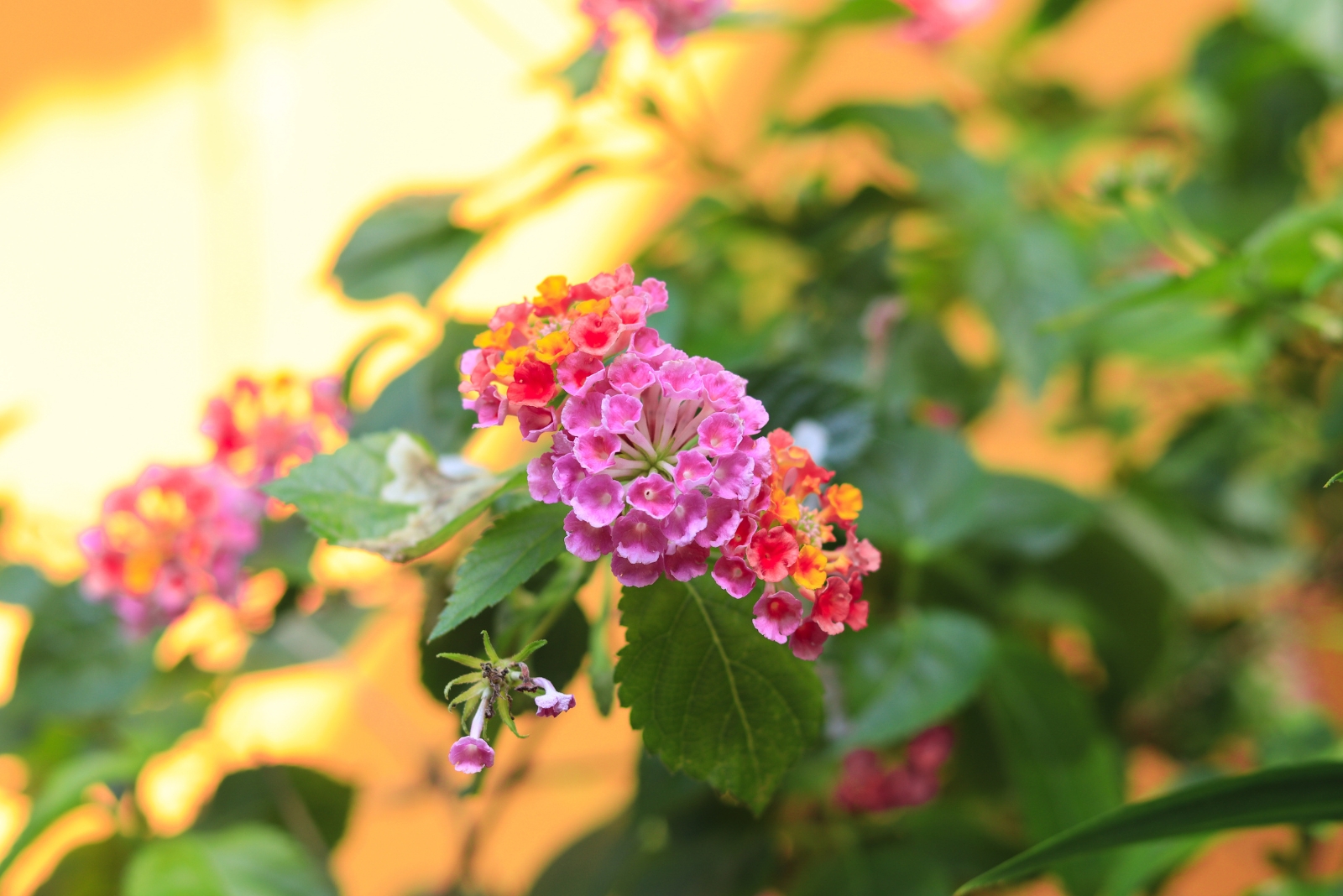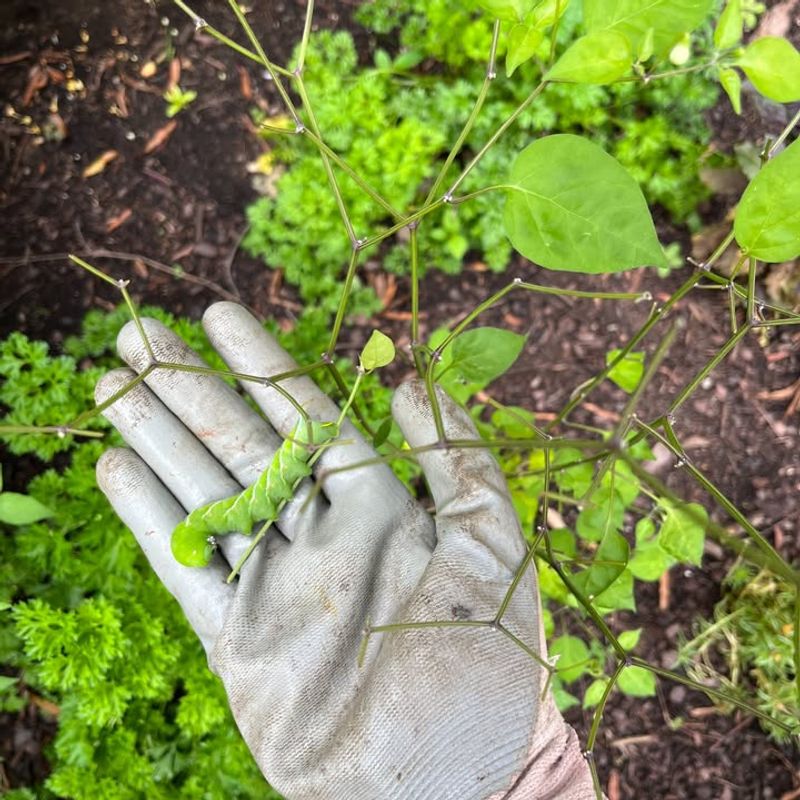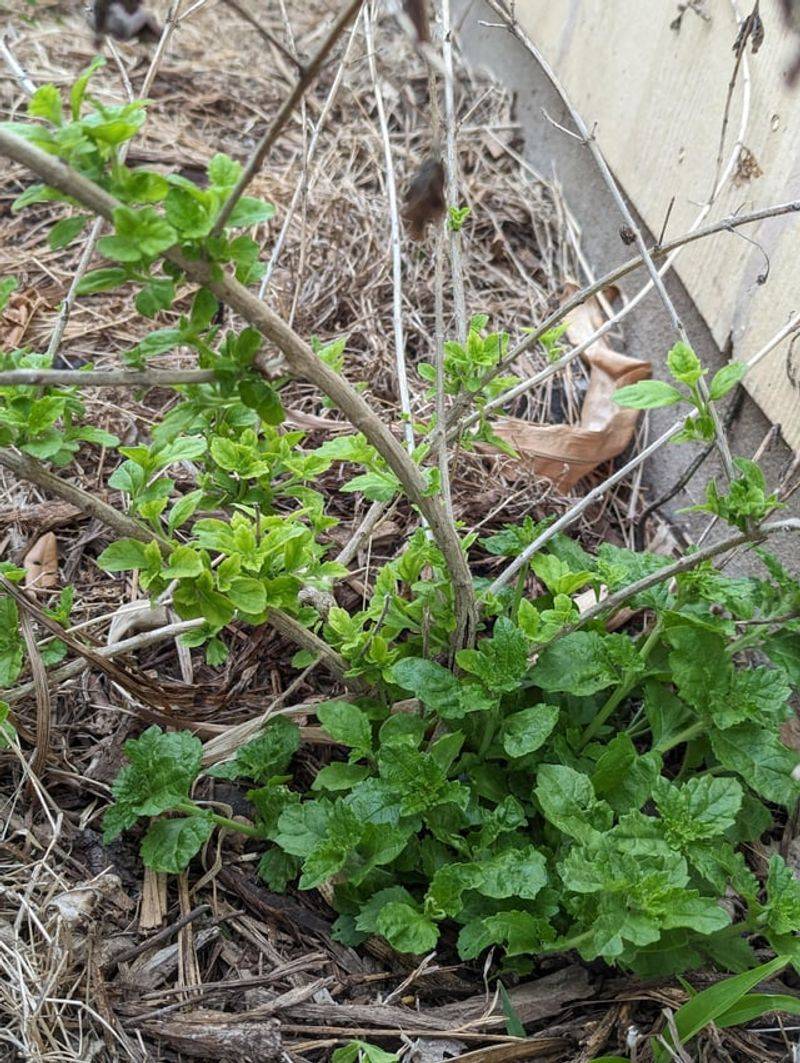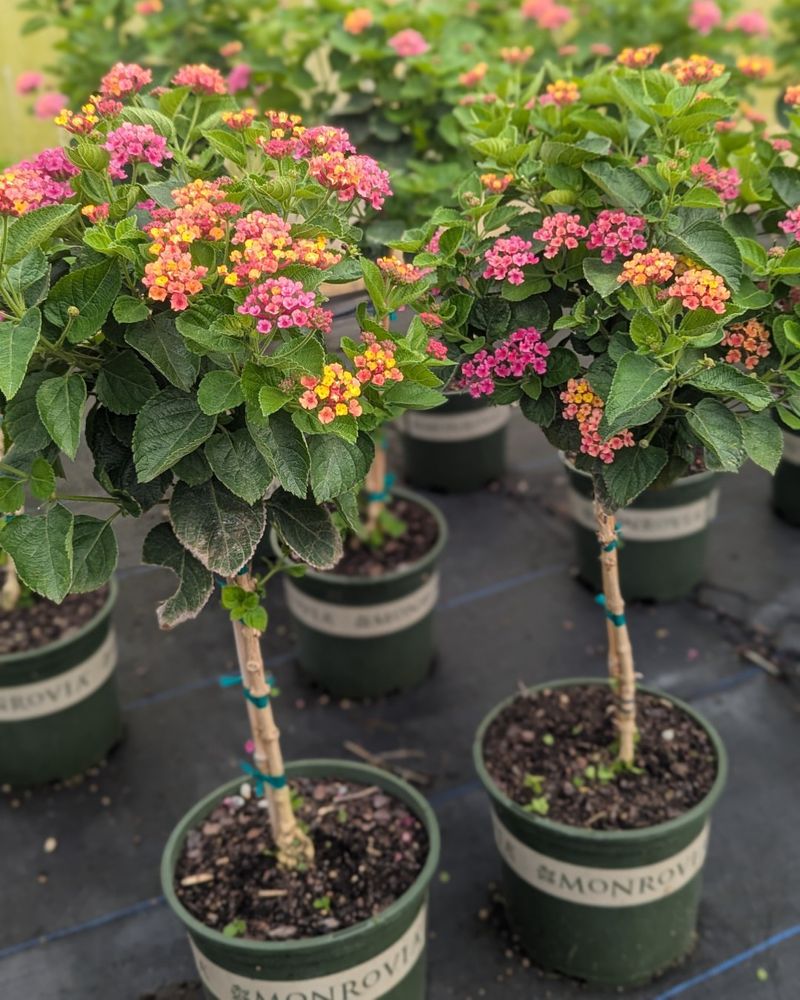Lantana plants bring vibrant colors to Texas gardens, but knowing when to prune them makes all the difference between a few scattered flowers and an explosion of blooms. Proper pruning timing helps your lantana stay healthy, bushy, and covered in colorful clusters all season long.
If you’re new to gardening or have been growing lantana for years, understanding the best pruning schedule will transform your garden into a showstopper.
1. Wait Until After The Last Frost
Timing your first big pruning session correctly protects your lantana from cold damage. In most Texas regions, the last frost typically occurs between late February and mid-March, depending on your specific zone.
Cutting back too early exposes tender new growth to freezing temperatures that can kill branches or even the entire plant. Watch local weather forecasts and wait until temperatures consistently stay above freezing at night before grabbing your pruning shears for major cuts.
2. Cut Back Hard In Early Spring
Spring pruning gives lantana the fresh start it needs for explosive summer blooms. Once frost danger passes, cut your lantana back to about 6-12 inches from the ground, removing all the dead, woody stems from winter.
This might seem drastic, but lantana grows incredibly fast and bounces back stronger than ever. Hard pruning encourages bushier growth and more flowering branches, which means way more colorful blooms covering your plant throughout the growing season ahead.
3. Deadhead Throughout The Growing Season
Regular deadheading keeps your lantana producing fresh flowers from spring through fall. Simply pinch or snip off spent flower clusters as they fade and turn brown, cutting just below the old bloom.
When you remove dying flowers, the plant redirects its energy into making new buds instead of producing seeds. Plan to deadhead every week or two during peak blooming season for continuous color. This simple maintenance task takes just minutes but dramatically increases the number of blooms your lantana produces all summer long in your Texas yard.
4. Shape And Trim In Mid-Summer
Around June or July, lantana can get leggy and overgrown, sprawling in all directions. A light trim during mid-summer keeps plants compact and encourages another flush of blooms.
Cut back stems by about one-third, focusing on any branches that look straggly or are growing too far out. Don’t worry about removing some flowers during this trim—your lantana will quickly push out fresh growth and even more blooms within a few weeks, looking fuller and healthier than before the haircut.
5. Avoid Heavy Pruning In Late Fall
As temperatures cool down in October and November in Texas, resist the urge to cut lantana back severely. Late fall pruning stimulates tender new growth that won’t have time to harden off before winter freezes arrive.
Instead, just remove obviously dead or damaged branches and leave the rest of the plant intact. The existing stems provide some insulation and protection for the roots during cold snaps. Save your major cutting for spring when the plant can safely respond with vigorous new growth without frost risk hanging overhead.
6. Prune Freeze-Damaged Growth In Late Winter
After a particularly harsh Texas winter, your lantana might look pretty rough with blackened, crispy stems. Late February is perfect for assessing and removing freeze damage before spring arrives.
Check stems by gently scratching the bark—green underneath means the branch is alive, while brown indicates dead wood to cut away. Remove all obviously dead material back to healthy tissue or down to the base. Sometimes lantana looks completely dead but surprises you by sprouting from the roots, so be patient and give it a chance before giving up completely.
7. Time Pruning Based On Your Texas Zone
Texas spans multiple climate zones, so your exact pruning schedule depends on where you live. South Texas gardeners can start pruning earlier, sometimes by late February, while North Texas folks should wait until mid-March or even early April.
Check your USDA hardiness zone and local frost dates to customize your pruning calendar. Coastal areas rarely see hard freezes, allowing more flexibility, while inland and northern regions need extra caution. Adjusting your timing to match your specific location ensures your lantana thrives with maximum blooms suited perfectly to your microclimate.








